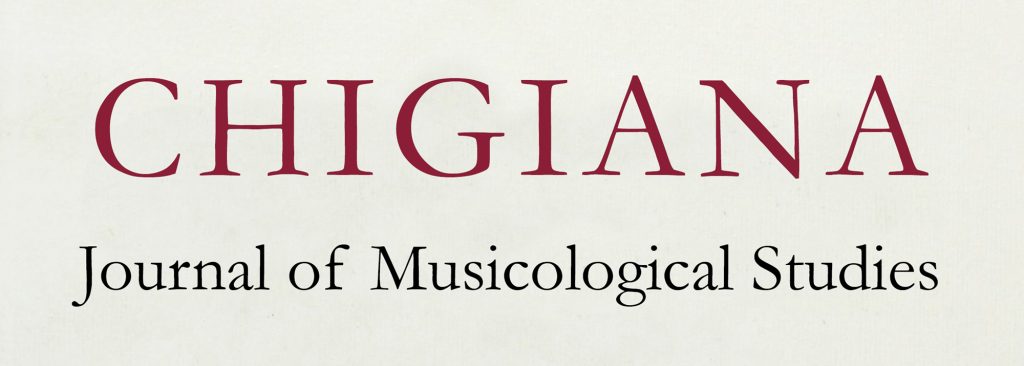
Re-envisaging Chinese Traditional Music: The Use of Pre-existing Music in Post-war Hong Kong Costume Drama Films
Joseph Wong (Hong Kong Composer’s Guild)
Costume (period) drama has long been one of the most popular genres in the Chinese film history. Utilizing ingenious costume and scenic design , historical figures and events are reconstructed and re-envisaged through the perspective of the screenwriters and directors. In this process of re-envisagement, the choice of music also has an important role. During the early period of development of Hong Kong post-war film (1950s and 60s), due to the limited production budget and resources, it was common to use pre-existing music written for traditional Chinese instruments to suit the historical setting of the costume dramas. Although many of these works have their own programmes, when they were used as soundtrack of these films, new programmatic and dramatic associations were established between image and music. Such associations have in turn enriched the meaning and status of these musical works (e.g. some of them were featured as “martial arts film music” in record albums and concert performances later on). This paper examines the use of pre-existing Chinese music in representative examples of early Hong Kong post-war costume drama films. It also discusses how traditional Chinese instrumental music is being re-envisaged through their use as soundtrack in these films over the years. I will use two representative examples: the Wong Fei-hung and Young Swordsman Lung Kim-fei film series. I aim to show how these Chinese instrumental works were re-envisaged and later recognized as “martial arts hero music” thanks to their use as the soundtracks of cinematic works. I will also discuss how such re-envisaging inspired the filmmakers in creating their martial arts films in the later period.
Nella storia del cinema cinese, il dramma storico in costume è stato a lungo uno dei generi più popolari. I personaggi e gli eventi storici venivano ricostruiti e rivisitati secondo la prospettiva degli sceneggiatori e dei registi grazie al design ingegnoso dei costumi e delle scenografie. In questo processo di rivisitazione, anche la scelta delle musiche ha giocato un ruolo importante. Negli anni Cinquanta e Sessanta, durante la prima fase di sviluppo del cinema di Hong Kong del dopoguerra, di solito si faceva ricorso a musiche preesistenti a causa del limitato budget di produzione e delle scarse risorse disponibili. Per adeguarsi all’ambientazione storica si creavano nuove associazioni di significati tra le immagini e la musica; ad esempio, alcuni di questi pezzi sono stati raccolti in disco e presentati come “musica da film sulle arti marziali”, e successivamente eseguiti come tali in concerto. Questo saggio analizza l’uso di musiche preesistenti in alcuni esempi significativi dei primi drammi in costume prodotti a Hong Kong negli anni ’50 e ’60, per poi dimostrare come la concezione della musica tradizionale cinese sia stata rimodellata dal suo uso come colonna sonora negli anni successivi. L’analisi si concentra su due casi significativi – le serie di film Wong Fei-hung e Young Swordsman Lung Kim-fei. L’intento è da un lato quello di dimostrare come le musiche tradizionali cinesi usate in questi film siano state ricontestualizzate e riconosciute dal pubblico come “musiche dell’eroe delle arti marziali”; dall’altro, quello di mettere in luce come queste ri-visualizzazioni abbiano poi ispirato i registi nel creare i loro film di arti marziali nei periodi successivi.
